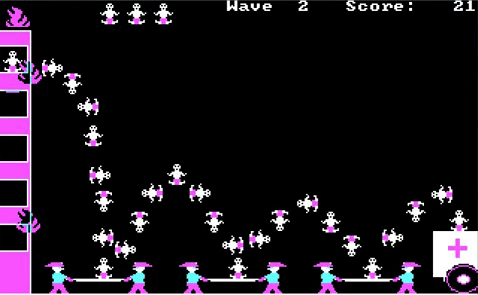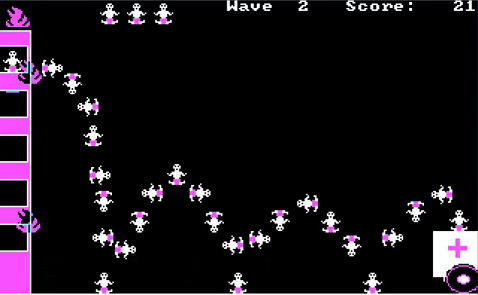Having a basic naming convention for the images in your mobile app can make your asset library a lot easier to manage. After working on some iOS and Android apps, I’ve come up with a method I think works pretty well. The basic rules are pretty simple:
- All image names should use only lowercase letters, numbers and underscores, like this:
some_image_name.png another_one.png
Do not use uppercase letters or special characters (Android doesn’t allow them anyway). The obvious exception here is that iOS retina display images will be have “@2x” appended to the name:
basic_icon.png basic_icon@2x.png
- Do not put images in subfolders. If you use iOS xcasset libraries, use only ONE xcasset library for images. There are several reasons for this:
- In Android, subfolders aren’t allowed for images
- All of your images can be found in a single location, so nothing is hiding
- It prevents accidentally giving the same name to 2 different images, which can cause all sorts of problems.
- Name all images by category like this:
category_subcategory_imagename.png
or you might think of it like this:
folder_subfolder_imagename.png
You still get the organization of folders without needing to use folders (which isn’t allowed in Android anyway). The other benefit is that images are grouped together alphabetically:
home_header.png home_next_arrow.png home_prev_arrow.png login_label_user.png
which is especially handy when using XCode’s Interface Builder for your layouts in iOS. The dropdown menu for images can get pretty long, so having them organized alphabetically by section makes it a lot easier to deal with.
I tend to make the first word in the image name match the name of the app section (home, login). In cases where I need an image in multiple places, I create general category names like this:button_back.png button_next.png icon_check.png icon_trash.png
Note that this also prevents creating multiple versions of the same basic icons. When I need an icon, it’s easy for me to see whether or not it already exists in the assets.
- Create a category for images that you want to delete later. I often use screenshots of design layouts to help me layout my views in Android Studio or XCode’s Interface Builder. I name them:
comp_home.png comp_login.png comp_registration_1.png comp_registration_2.png
Later, when I’m packaging my app for release, I know that I can trash anything in the “comp” category and it won’t break the app (well, it SHOULDN’T break the app).
- Give placeholder assets their proper, final names and correct dimensions (when possible), but make the image obviously wrong. Some people like to add red “FPO” lettering to these images. I personally like to add magenta backgrounds to image assets that I need to replace. Either way, it’s a glaring visual reminder that says “FIX ME PLEASE!!!” Giving a placeholder image the correct name and dimensions makes it easy to drop in a new file to replace the placeholder without combing through the files to rename or resize anything.
Of course, the key to this system is making sure that all of the other developers on the project are also using these rules. If everyone does it, managing your assets can be a lot less painful.



